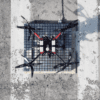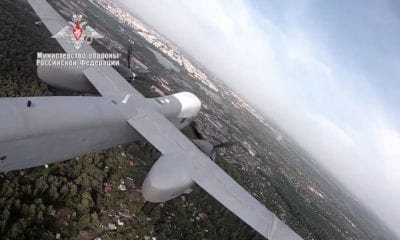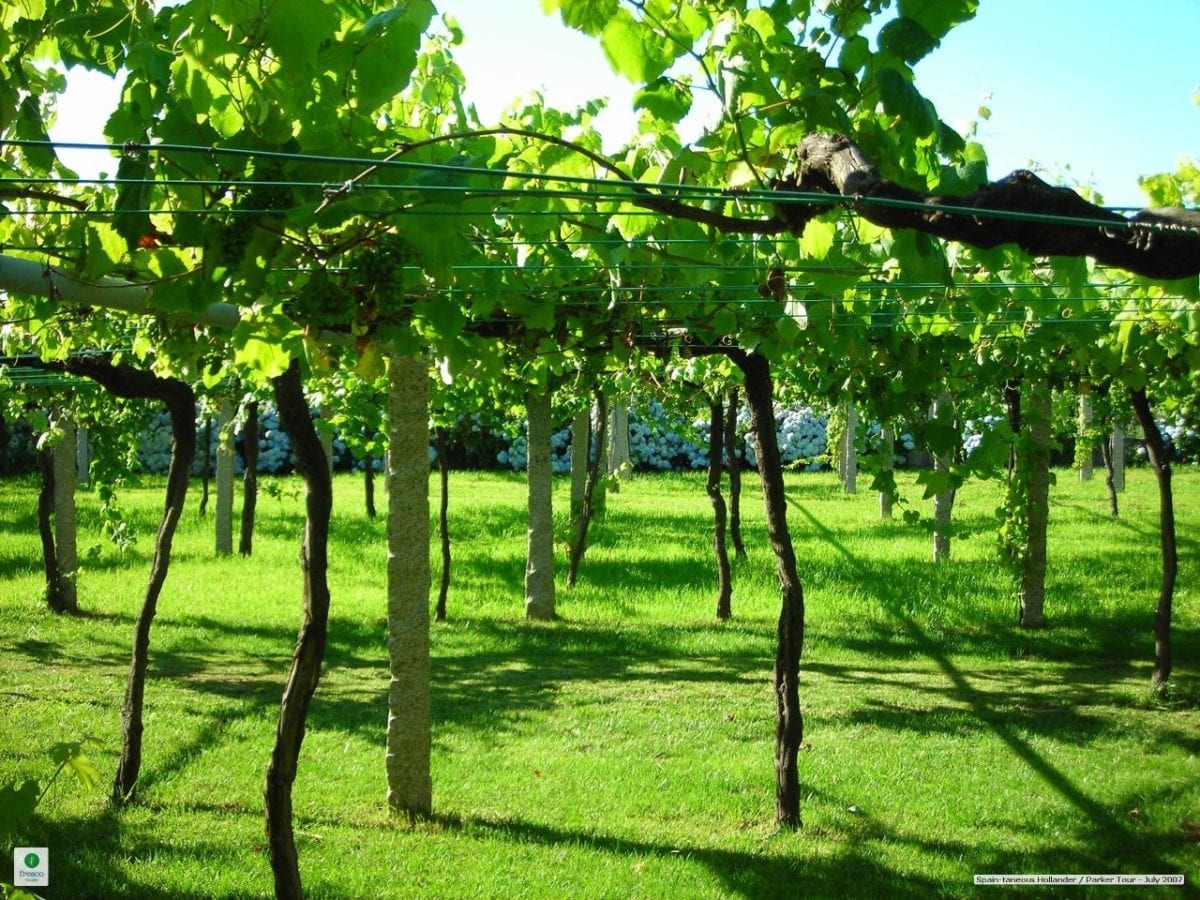
News
Drone-Mounted Thermal Cameras Used to Monitor Wine Cellars
Drone-Mounted Thermal Cameras Used to Monitor Wine Cellars
The integration of thermal sensors with drones opens up new possibilities for real-time aerial inspection in many fields. The substantial capture capability of the UAV platforms allows their application in thermal inspection of large areas (e.g., vegetation studies and precision agriculture, hydrological or industrial inspections, such as those of photovoltaic farms.
Research supported by the Spanish Ministry of Science, Innovation and Universities under the National Programme for Research Aimed at the Challenges of Society grant for the project “Bioclimatic Design Strategies in Wine Cellars as Nearly Zero-Energy Building Models”, was carried out with the objective of evaluating the capability and reliability of combining passive thermal IR sensors with low-altitude platforms as building diagnostic tools.
The thermography sector has undergone significant advances in the last few decades. As per experts the most recent revolution in IRT certainly comes from the democratization of unmanned aerial vehicle (UAV) technology and the emergence of lightweight devices easily assembled on board.

(a) Location of the study building (A Cova, Lugo) and images of the cellar from (b) outside (main façade) and (c) inside the wine-ageing room (ground floor).
Researchers Juan Ortiz-Sanz, Mariluz Gil-Docampo, Marcos Arza-García and Ignacio Cañas-Guerrero were supported by the Agroforestry Engineering Department, University of Santiago de Compostela (USC), Higher Polytechnic School of Engineering, and School of Agricultural, Food and Biosystems Engineering, Spain in carrying out this study which is published in the journal Remote Sens. 2019.

Distribution inside the cellar of the (a) logger positions and images of the (b) indoor loggers installed in the wall and (c) the outdoor logger.
The study was conducted on a typical semi-buried wine cellar situated in O Saviñao within the provincial council of Lugo (Spain). This cellar was built in the late 1920s to produce wines on a small scale.
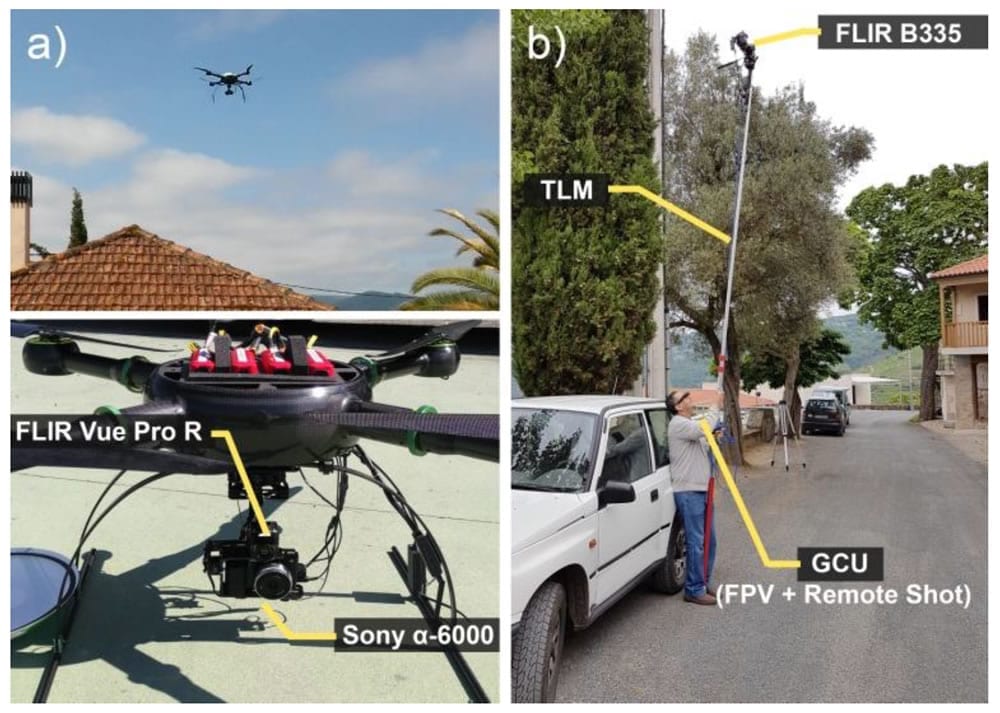
Lifting platforms for the thermal cameras: (a) Drone Quasar unmanned aerial vehicle (UAV) and (b) telescopic pole.
The study addressed four independent steps, directly related with the combination of platform and sensor, were: (i) Assessing the capability of combining lifting platforms and IRT-compatible lightweight sensors in determining building anomalies (qualitative assessment), (ii) finding the optimum lifting platform in terms of operativity and cost, (iii) quantifying the accuracy of thermal imaging systems usually chosen for this type of study (quantitative assessment), and (iv) analyzing the impact of the angle of tilt on ST measurements.
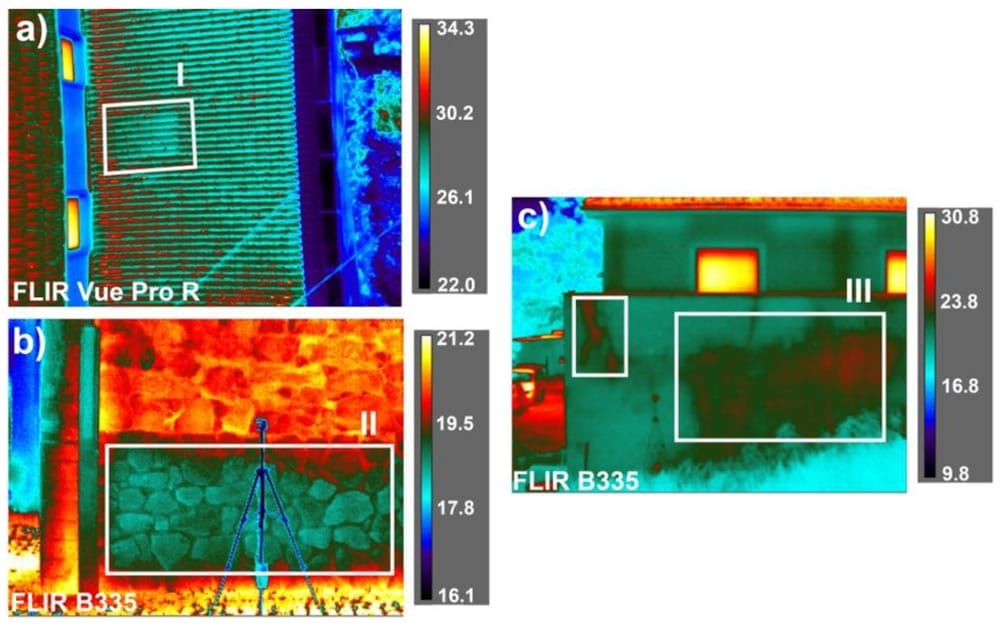
Sample thermal inspection images of the building from the exterior: (a) Aerial image of the roof from the drone with the FLIR Vue Pro R and (b) and (c) two images for wall inspection taken with the FLIR B335. Some detected thermal anomalies are highlighted: (I) a recently replaced group of roof tiles, (II) different coverings of the Southwest façade, and (III) water filtration through wall cracks in the Southeast façade. The temperature scale is in °C.
Two thermal cameras were chosen to determine the wall ST without contact. The first one was a Vue Pro R (FLIR Systems, Inc., Wilsonville, OR, US), an IR camera specially designed to be mounted onboard a drone. The second IR camera was a FLIR B335, which is a conventional hand-held thermal imaging device.
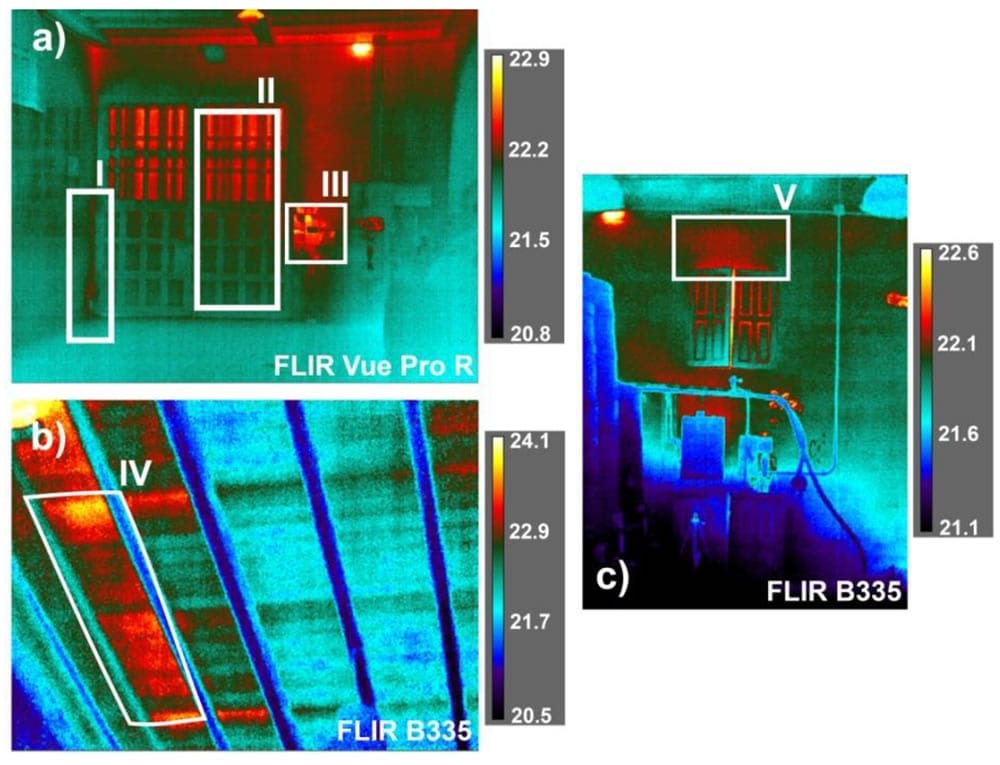
Thermal inspection of joineries inside the cellar: (a) Main door, (b) wooden ceiling of the wine-ageing room, and (c) a wall with a window. Some examples of detected thermal anomalies are highlighted: Air leakages (I) beside the door and (V) above the window, which heat the surface of the surrounding walls, (II) differences in the thicknesses of the upper and lower door leaves, (III) thermal radiation reflected by the ceramic tiles, which introduces noise into the image, and (IV) an area between floor joists with missing insulation. The temperature scale is in °C.
Conclusions
With numerous factors compromising the optimal conditions for wine ageing (e.g., moisture in the walls, insulation faults, and heat leakage through the joineries) use of IRT provided a reliable qualitative assessment method for thermal inspection of the wine cellar. The information revealed by thermography facilitated the implementation of corrective measures to ensure optimal environmental conditions for the wine-ageing process.
The drone-mounted camera allows for exhaustive image capture, including in the most difficult-to-access areas of the cellar, such as the roofs, without compromising the safety of the operator. The main proposed reforms are systems for thermal bridge rupture in the joineries and double-glazing windows. Reinforcing the insulation layer in the subfloor and cladding the concrete columns are other recommended measures to improve energy efficiency based on the thermography. It seems thermal sensors mounted on UAV platforms are set to revolutionize the ways in which the wine industry goes about conducting its storage and wine ageing processes.
Citation: IR Thermography from UAVs to Monitor Thermal Anomalies in the Envelopes of Traditional Wine Cellars: Field Test, Juan Ortiz-Sanz, Mariluz Gil-Docampo, Marcos Arza-García, and Ignacio Cañas-Guerrero, Remote Sens. 2019, 11(12), 1424; https://doi.org/10.3390/rs11121424, https://www.mdpi.com/2072-4292/11/12/1424/htm






